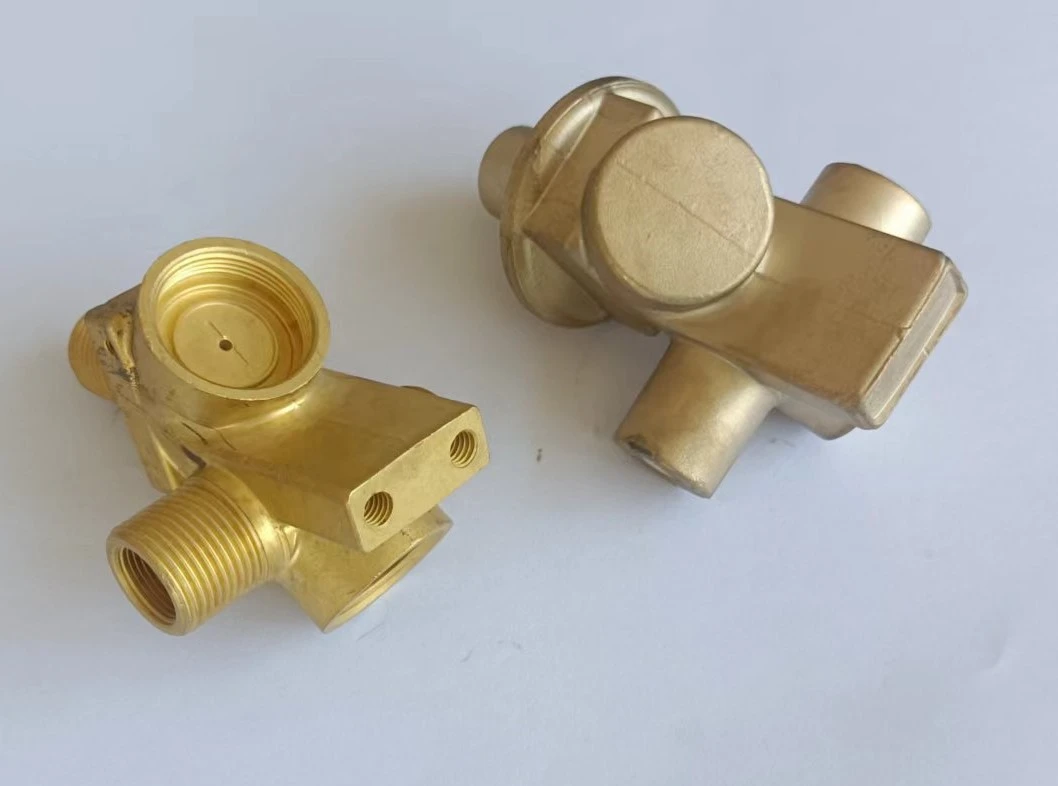Mobile:+86-311-808-126-83
Email:info@ydcastings.com
Factors Influencing Costs of Aluminum Die Casting in Manufacturing Processes
Understanding the Cost of Aluminum Die Casting Factors and Implications
Aluminum die casting is a popular manufacturing process used to create intricate shapes and components with high precision and excellent surface finishes. This method has gained significant traction across various industries, including automotive, aerospace, electronics, and consumer products. However, understanding the cost associated with aluminum die casting is crucial for businesses looking to optimize their production processes and improve their bottom line. In this article, we will explore the key factors that influence the cost of aluminum die casting and the implications of these costs on manufacturing decisions.
Initial Setup Costs
One of the primary contributors to the overall cost of aluminum die casting is the initial setup expense, which includes mold design and fabrication. Die casting molds are typically made from hardened steel or aluminum and must be designed to withstand high pressure and temperature. The complexity of the mold design directly impacts its cost; simpler designs may cost less, while more intricate molds, which may require advanced features like cooling channels and ejector pins, can be significantly more expensive. Generally, the cost of designing and building a quality die casting mold can range from thousands to tens of thousands of dollars.
Material Costs
Aluminum, as a primary raw material, also plays a critical role in the overall cost structure. The price of aluminum can fluctuate based on market conditions, demand, and geopolitical factors. These fluctuations can affect the cost of aluminum die casting, especially for large-scale production runs where the quantity of material required can be substantial. Additionally, depending on the specific alloy used, some materials may be more expensive due to their unique properties, such as higher strength or corrosion resistance.
Production Volume
aluminum die casting cost

The quantity of parts produced per run is another significant factor that influences the cost of aluminum die casting. Economies of scale come into play here; the more parts that are produced, the lower the average cost per unit. High-volume production can spread the initial mold costs over many components, reducing the per-part cost. However, for low-volume orders, the initial setup costs can be disproportionately high, leading to higher costs per unit. This is why many manufacturers will focus on producing large quantities to maximize their return on investment.
Labor and Overhead
Labor costs are another important aspect of the total cost associated with aluminum die casting. Skilled labor is often required for the operation and maintenance of die casting machines, as well as for quality control checks throughout the production process. The level of automation also plays a role; highly automated facilities may have higher initial investments in technology but can achieve lower labor costs in the long run. Overhead costs, including utilities, maintenance, and facility operations, further contribute to the overall expense of aluminum die casting.
Post-Processing and Finishing
After the initial die casting process, additional steps such as machining, surface finishing, and inspection may be necessary to meet strict tolerances and quality standards. These post-processing steps add to the overall cost and should be factored in during the budgeting phase. While die casting can achieve excellent surface finishes, many applications require additional treatments, such as anodizing or powder coating, to enhance the appearance and performance of the final product.
Conclusion
In summary, the cost of aluminum die casting is influenced by numerous factors, including mold design and manufacturing, material costs, production volume, labor expenses, and post-processing requirements. Understanding these elements allows manufacturers to make informed decisions about their production processes and cost management strategies. By weighing these factors carefully, businesses can optimize their approach to aluminum die casting, aiming for a balance between cost efficiency and product quality. In an increasingly competitive market, mastering the intricacies of die casting costs can lead to significant advantages, ultimately enhancing profitability and driving success.
-
Why Should You Invest in Superior Pump Castings for Your Equipment?NewsJun.09,2025
-
Unlock Performance Potential with Stainless Impellers and Aluminum End CapsNewsJun.09,2025
-
Revolutionize Your Machinery with Superior Cast Iron and Aluminum ComponentsNewsJun.09,2025
-
Revolutionize Fluid Dynamics with Premium Pump ComponentsNewsJun.09,2025
-
Optimizing Industrial Systems with Essential Valve ComponentsNewsJun.09,2025
-
Elevate Grid Efficiency with High-Precision Power CastingsNewsJun.09,2025











